Cities have been known by the rivers that flow nearby-London and Thames, Rome and the Traverse, Paris and Seine, Banaras and Ganga. The Delhi and Yamuna sound unfamiliar, although the river is the main source of water supply to the city and plays most crucial role in its growth. The increase of population and activity in the Yamuna watershed is placing increasingly exigent demands upon its ecology. Kalidas, the Great Sanskrit Poet of yesteryears described that at Triveni Sangam, the water of Yamuna is clear and blue, while those of Ganga are grayish and muddy."When the water of Ganga and Yamuna mingle, it appears as though diamonds and sapphires were woven together in a string; as though a garland of white lotus-buds were interspersed with blue lotuses; as though streaks of lightning has merged into a sheet of darkness; as though a clear blue sky were spotted with clouds a autumn." Today one laments what happened to this beautiful river! The lands which were identified as floodplain now fall in the midst of dense urban development. These areas offer temptation as well as the potential for development and invasions of urban activities. In the absence of an integrated conservation strategy, the ecology and morphology of the river has undergone severe degradation. As a result today River Yamuna is polluted by continuous discharge of effluents, waste water and sewage from surrounding urbanization and storm water drains, of which Najafgarh Drain is the largest and creates maximum pollution. Besides augmenting water supply, it is necessary to control the pollution and dumping of sewage and waste water in the river. Linking the population with the River and beautification of riverfront would create a public interest to save the river Yamuna as the lifeline of Delhi. There is a need the Yamuna flood plain with utmost care and sensitivity by mapping its hydrology and respecting its terrain and water courses. The book provides a comprehensive study of its ecological context together with the antecedents and its, human and cultural and political dimensions. This helps to evolves a strategic framework for its regeneration and cleaning-that is, bringing back river to its people.
River Pollution: Regeneration and Cleaning
In stock
Free & Quick Delivery Worldwide
reviews
Bibliographic information
Title
River Pollution: Regeneration and Cleaning
Author
Edition
1st ed.
Publisher
ISBN
8131304631
Length
x+314p., Figures
Subjects

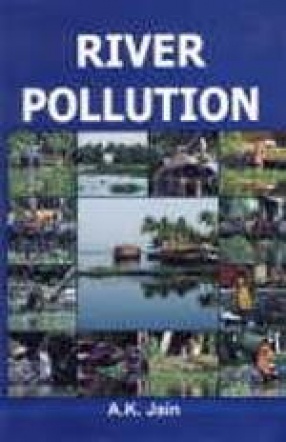
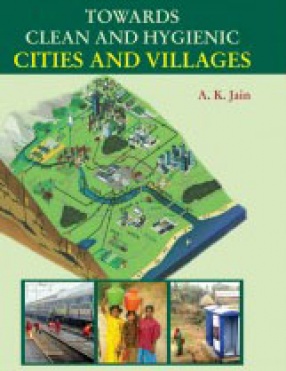
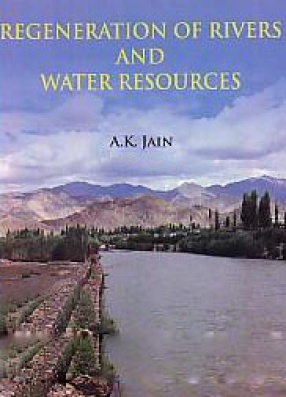
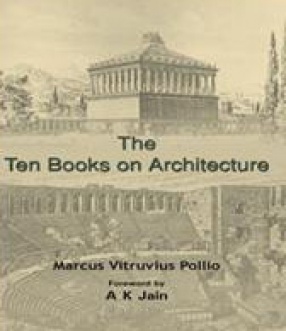
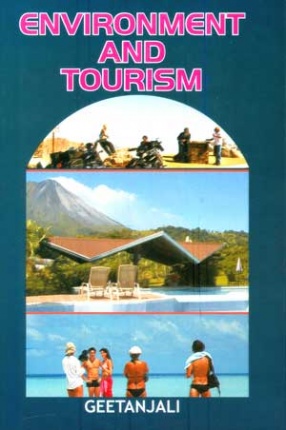
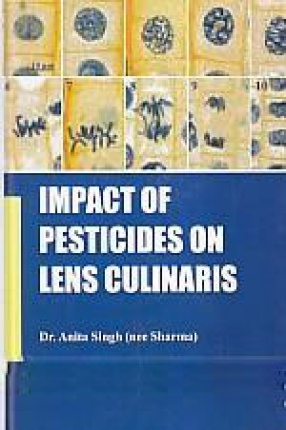
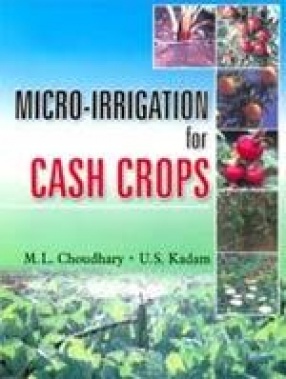
There are no reviews yet.